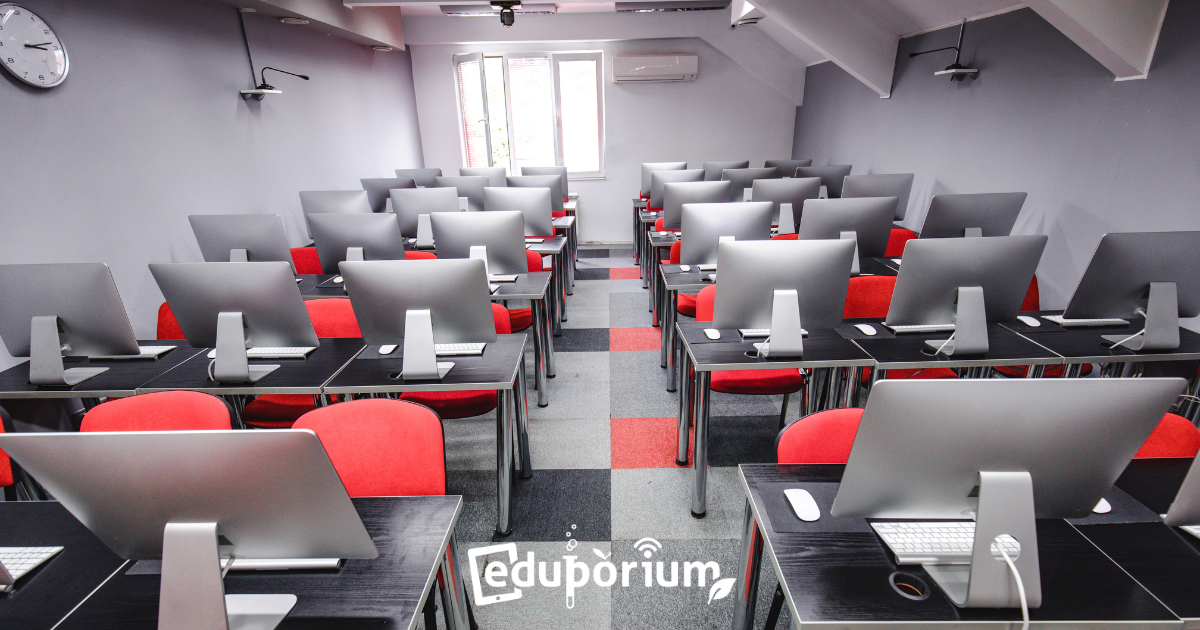New York City mayor Bill de Blasio made headlines earlier this week as he revealed a 10-year plan that would implement mandatory computer science courses into the curricula for each of the city’s schools. In the announcement that should come as no surprise to STEM/STEAM educators, de Blasio stated that in an effort to ensure that every child has the opportunity to develop skills needed not only to succeed in the workforce of the future, but even to enter New York’s fast-growing technology sector, every school in the city will be required to offer computer science courses. In an era when colleges and businesses are demanding more than ever before, rewarding people with technical expertise and leaving behind those without the technical knowledge, we don’t see how this could be a bad move.
Currently, fewer than 10 percent of the city’s schools offer any form of a computer science course and only one percent of students receive it, according to the New York Times. Without modern tools to express inventiveness, how then will students develop the skills they need to enhance it? The goal of de Blasio’s plan is to expose every student to computer science, whether that comes in the form of building robots or learning to code with basic programs. Evidently, based on today’s trends, innovative teaching methods have been developed and some in the education sector are beginning to realize the monumental importance of students grasping digital literacy as well as giving them the opportunity to build a culture of innovation with advanced tools.
The proposal de Blasio presented Wednesday follows a couple of recent initiatives in two other major North American cities that were also designed to embrace the imaginative aspect of STEM/STEAM education and steer kids away from being satisfied by providing the tools necessary for them to express their own ideas. In Chicago high schools, yearlong computer science courses will soon be required to graduate (starting in 2018). Similarly, in San Francisco, computer science will be offered from Pre-K through high school with it being mandatory through junior high. Ultimately, de Blasio believes, exposure to learning with new and modern technologies will better prepare kids for the future and shape them into the ones who develop our tech-based economy.
One aspect of the plan is to help ensure that students are ready for tech-centered work once they complete school. Another wrinkle is the attempt to introduce specific groups to STEM/STEAM disciplines to try to close the gap of employees in these fields. Like many others, de Blasio believes that by exposing young girls and minority members to STEM and STEAM earlier on in their schooling, they will become much more likely to wind up landing a job in a science field. Specific to their situation, tech jobs in New York City grew by 57 percent from 2007-14. By integrating unique technology products like littleBits, Sphero or Raspberry Pi—just to name a few—into classrooms on a regular basis, it truly does have a profound impact on student skill development.
Another important component of de Blasio’s plan is that this increased tech schooling will take place at all grade levels. As has been widely discussed, it is never too early for kids to gain exposure to technology that boosts creativity, encourages collaboration and maximizes learning. Results clearly show that people who are well-trained in cutting-edge technology, particularly in computer science, enjoy a great level of professional success throughout their careers. Computer science jobs are some of the nation’s fastest growing as well as highest paying.
Further, de Blasio also hopes to increase the amount of students who end up taking AP Computer Science in high school and multiply the number of young girls, Latinos and African Americans who pursue the STEAM subject. Though costly for the city as well as for its schools, de Blasio’s proposal is crucial for building skills that will not only be beneficial to have, but in the very near future, could be totally necessary to attain desired jobs.
It’s always wonderful to see when educators, parents and even politicians recognize the vital importance of students becoming literate in technology and even better when they make a concerted effort to implement new and effective learning approaches into practice. Exposure to modern innovative technology, especially with guided instruction, will no doubt position today’s children for a better future. The time has come for more kids to use technology in school despite the challenges of access. Better pricing is one way to alleviate this burden and, in accordance with de Blasio’s plan, we would like to encourage and challenge teachers and students to incorporate innovative learning technology into classrooms. At this point, the positive ramifications could change a child’s life.
For updates on EdTech news and a constant flow of information, follow us on Twitter!



